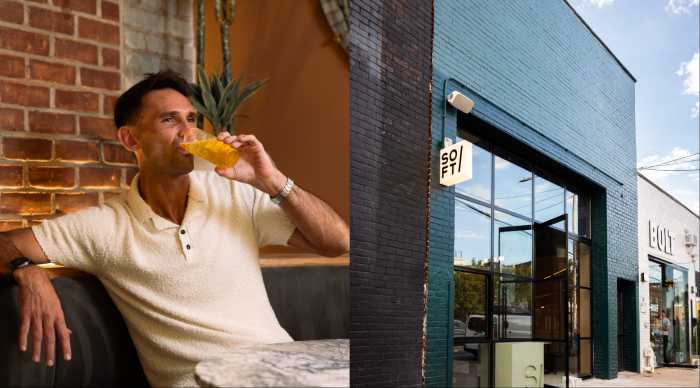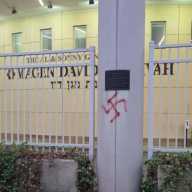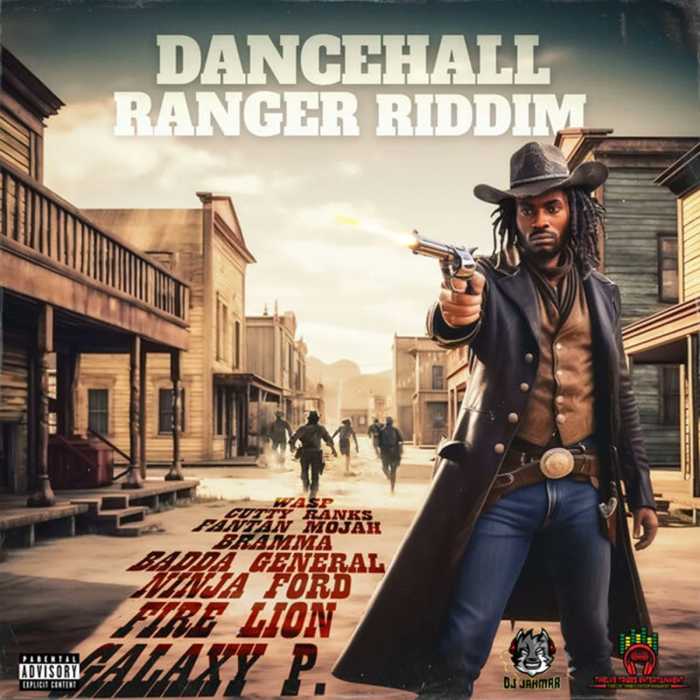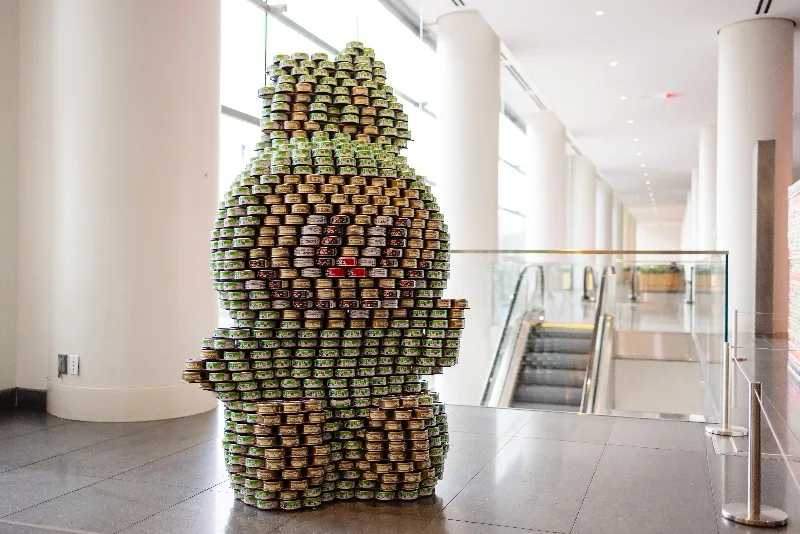There’s beauty in every fetid, disgusting, toxic site — it just takes a natural to capture it.
Even Newtown Creek, with its seemingly desolate industrial zones and feces-laden water has a charm, which revealed itself to photographer Anthony Hamboussi over the course of eight years that he spent snapping the lifeless corpse of water between Brooklyn and Queens. The result, believe it or not, is an art book called, “Newtown Creek: A Photographic Survey of New York’s Industrial Waterway.” The more than 400 pages in this doorstopper cover everything from the run-down R.C.I. Roadway Contracting Building on Gardner Avenue in Greenpoint to snowy scenes of the waterway itself in East Williamsburg. Many of the photos — taken from 2001 to 2006 — depict Newtown Creek as a desolate, gray wasteland — as if the area was completely devoid of humans. So why would anyone want to spend so much time in an area not already known to be aesthetically pleasing? Our resident creek rat, Andy Campbell, sat down with Brooklyn’s newest photography legend to find out:
Andy Campbell: Come on, man, this place is utterly putrid. It’s even an embarrassment for a dolphin to be seen in the water. So why would you spend so much time hanging out there?
Anthony Hamboussi: [When I pitched my idea to the New York State Council on the Arts for funding], I proposed to systematically document the built environment that surrounds the creek during a time of rapid real-estate development in the city. I realized that the urban fabric of the city would change dramatically with gentrification getting closer to this area.
AC: Gentrification is happening all over the place. Heck, this reporter is gentrifying Greenpoint as we speak. Why Newtown Creek?
AH: I found the history of this industrial district to be quite intriguing and became obsessed with its discovery. More importantly, I was fascinated by it’s current use and the politics and negotiation of space. The complete visual archive contains hundreds of images not printed in the book but represents a definitive visual study of the landscape during this time.
AC: Politics and negotiations and muck, oh why! These pictures show the area as gray, desolate, and devoid of people. What portrait of the area were you trying to convey?
AH: I avoided photographing during the peak business hours. These were the least-active moments that eliminated most human presence from the images. I wanted to create a type of image that would engage the viewer. Both the quality of light and the inactivity of the space give the viewer a chance to see the space in a more introspective way — the place itself and not the drama unfolding.
AC: I’m cool with that, but the place is a dump. You gotta admit that.
AH: The banality of the spaces forces the viewer to look more closely at the image and hopefully ask themselves what they are looking at.
“Newtown Creek: A Photographic Survey of New York’s Industrial Waterway” can be purchased at www.amazon.com for $34.95.

























